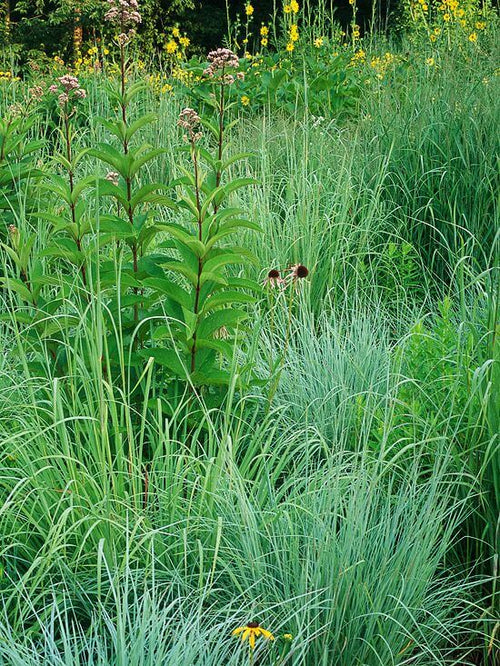Snakes are shy creatures, but occasionally they find their way to the garden.
There are two main ways to rid your garden of snakes: exclusion or removing food and shelter sources. Of course, preventing a problem is more natural than treating the problem.
An efficient method of keeping snakes away is a snake-proof fence. Bury 6 inches of ½-inch wire mesh underground. There should be 30 inches remaining above ground. Placing supporting stakes inside, the above-ground part of the fence should be slanted outward at a 30-degree angle. Check the gate for a snug fit. It will help to prevent snakes from using the grass as a ladder into your garden.
The following way to eliminate snakes from the garden is to eliminate all hiding places and food sources. Snakes eat rodents that can be attracted to garden mulches. Instead of hay or straw, try using hardwood mulches. During warmer seasons, when snakes are active, decrease the depth of the mulch to around one inch deep.
Snakes and rodents are also attracted to warm compost and firewood piles. Try raising firewood and compost piles about one foot on the platform. Since snakes and mice also like tall grasses, mow the yard regularly, never exceeding four inches high. Remember to weed your garden regularly and avoid dense plants such as ivy as a hiding place.
Snake removal is best left to the experts but if it can’t wait, use caution. Small snakes can be swept into bags with a broom or rake. Use a long stick to lift and move giant snakes out of the garden.
At the risk of sounding redundant, preventing the snakes in the first place is vital. Keeping the yard cut low and removing any debris will do wonders for keeping snakes at bay.



















































